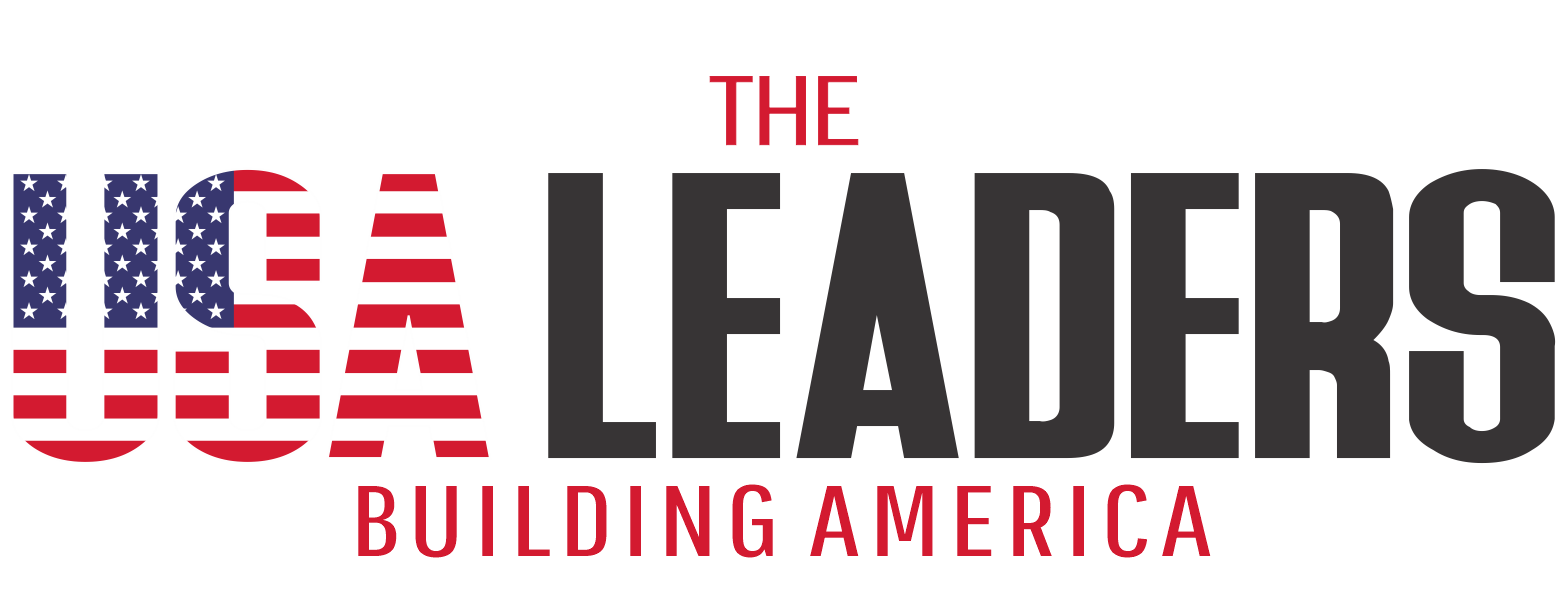The USA Leaders
August 04, 2025
St. Louis – The defense lines at Boeing just hit turbulence. Nearly 3,200 Boeing Defense workers on strike across Missouri and Illinois have triggered the company’s second major labor disruption in under a year, shaking investor confidence and sending Boeing’s stock into a tailspin.
As the sun rose Monday morning, the picket lines were already buzzing outside Boeing’s defense facilities in St. Louis, St. Charles, and Mascoutah. The union’s message was loud and clear: this strike isn’t just about money—it’s about respect, security, and the future of America’s defense workforce.
Why the Strike? Union Says “Enough Is Enough”
The International Association of Machinists and Aerospace Workers (IAM) Local 837 spearheaded the walkout after members overwhelmingly rejected two consecutive contract offers from Boeing, including one pitched just hours before the strike deadline.
Boeing’s revised proposal offered:
- A 40% average wage hike over four years
- A $5,000 signing bonus
- Enhanced medical, pension, and overtime benefits
- Periodic raises and improved job classifications
Yet union members turned it down.
Why? Because the offer failed to address two central issues:
- Alternative work schedules – Workers want more flexibility and predictability
- Retirement security – Better pension terms that reflect decades of skilled labor
Union representatives said the rank-and-file are not just demanding numbers on paper—they want a deal that respects their contribution to national defense. “They deserve nothing less than a contract that keeps their families secure and recognizes their unmatched expertise,” IAM Local 837 declared.
Historic Standoff at a Critical Defense Hub
This is the first strike at Boeing’s St. Louis defense operations in nearly 30 years. But the moment couldn’t be more critical.
The striking workers are responsible for assembling and maintaining some of the U.S. military’s most vital defense assets:
- F-15 and F/A-18 fighter jets
- T-7A Red Hawk trainer aircraft
- MQ-25 Stingray unmanned refueler
- And the upcoming F-47 stealth fighter, a centerpiece of the Pentagon’s next-gen air fleet
The strike has raised serious concerns about production delays on high-priority military contracts, including the F-47 program that Boeing recently secured after aggressive bidding.
Boeing’s Response: “We’re Disappointed, But Ready”
Boeing, in a statement issued Monday, said it was “disappointed” but prepared. The company has implemented contingency plans to keep operations running with non-striking personnel and minimize disruption to defense customers.
“We offered the most competitive package in decades,” said Dan Gillian, VP and GM of Boeing’s Air Dominance division. “We understand the workforce’s value—but this offer was fair.”
CEO Kelly Ortberg attempted to reassure investors by stating the strike’s financial impact would be significantly less than the 2024 commercial unit strike that involved 33,000 employees and shut down production for two months.
Still, Boeing’s shares dipped 3.7% in pre-market trading on Monday as Wall Street reacted to the labor unrest.
A Company in Turbulence: The Bigger Picture
This latest strike piles onto Boeing’s growing list of setbacks:
- Since mid-2019, Boeing has logged $42.2 billion in core operating losses
- Its Defense, Space & Security division alone has lost nearly $11 billion since late 2021
- These losses were largely due to cost overruns on fixed-price Pentagon contracts—like Air Force One
While the defense unit turned a profit in early 2025, the margin is tight. With over $400 billion in military and commercial backlogs, any delay in fulfilling key defense contracts could be costly, not just financially, but politically.
What Happens Next?
For now, both sides appear locked in a standoff. The union insists on a deal that goes beyond money, while Boeing seems reluctant to sweeten the pot any further.
There are no new negotiations currently scheduled.
If history is any guide—the last St. Louis strike in 1996 lasted over three months—Boeing could face a prolonged disruption at a time when U.S. defense manufacturing is under intense scrutiny.
In the broader context of a shifting labor landscape, this strike signals a rising tide of worker empowerment, especially in critical industries like aerospace and defense.
Final Take: More Than Just a Labor Dispute
This is not just about 3,200 workers on strike. It’s about a battle for the future of U.S. defense manufacturing—where skilled labor, cutting-edge production, and national security converge.
Boeing’s leadership may believe contingency plans can carry the load for now. But in the long term, no aircraft takes off without its builders. And right now, they’ve put down their tools—and picked up picket signs.
Also Read: Decoding Microsoft Q4 Result 2025 Powered by AI and Cloud Service Demand!































